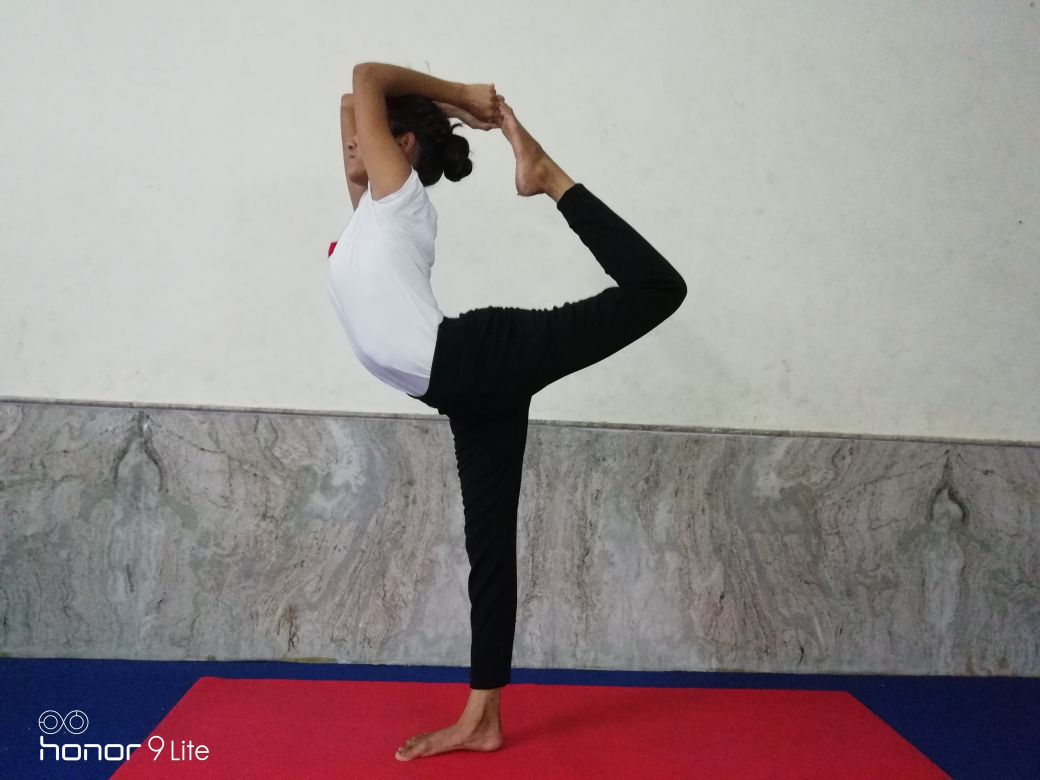Introduction
The term "yoga" often conjures images of flexible bodies twisting into complex poses. But the art of yoga extends far beyond physical postures. The ancient practice, rooted in Patanjali's Yoga Sutras, is a comprehensive system that works on the mind, body, and spirit. A pivotal component of this system is Ashtanga or the Eight Limbs of Yoga. In this article, we delve deep into these eight limbs, their importance, and how they guide us towards a balanced, purposeful life.
Understanding Ashtanga: The Eight Limbs of Yoga
Patanjali’s Yoga Sutras, written around 400 CE, outlines the path to enlightenment through Ashtanga. Ashtanga, derived from Sanskrit, translates to "eight limbs" (ashta = eight, anga = limb). These eight limbs are sequential steps acting as guidelines to live a meaningful and purposeful life.
1. Yama (Moral Restraints)
Yamas are ethical standards or moral disciplines that involve our interactions with others and the world around us. The five Yamas are: Ahimsa (non-violence), Satya (truthfulness), Asteya (non-stealing), Brahmacharya (continence), and Aparigraha (non-covetousness).
2. Niyama (Observances)
Niyamas are self-disciplines, relating to how we interact with ourselves internally. There are five Niyamas: Saucha (cleanliness), Santosha (contentment), Tapas (discipline or austerity), Svadhyaya (self-study), and Ishvara Pranidhana (surrender to a higher power).
3. Asana (Posture)
Asanas are the physical postures that most people associate with yoga. They are designed to purify the body and provide the physical strength and stamina required for long periods of meditation.
4. Pranayama (Breath Control)
Pranayama is the practice of controlling the breath, which is the source of our prana, or vital life force. It's a method of balancing and harmonizing the body's energy.
5. Pratyahara (Withdrawal of the Senses)
Pratyahara involves withdrawing our senses from external objects to direct our attention internally. It is a step towards mastering control over our minds.
6. Dharana (Concentration)
Dharana involves focusing the mind on one point or object, thus creating the groundwork for meditation.
7. Dhyana (Meditation)
Dhyana is the uninterrupted flow of concentration, where the individual focuses their attention and eliminates all other thoughts.
8. Samadhi (Absorption or Superconscious State)
Samadhi is the ultimate goal of the Eight Limbs of Yoga. It is a state of ecstasy where the meditator becomes one with the universe or the divine entity.
Conclusion
The Ashtanga, or Eight Limbs of Yoga, is a profound journey of self-discovery and self-improvement. By adhering to these steps, one can achieve a well-rounded yoga practice that transcends the physical and embraces the mental and spiritual aspects. While the journey through these steps may be challenging, the rewards are a balanced, fulfilled, and purposeful life.
Whether you are a seasoned yogi or a beginner, understanding and integrating these eight limbs into your yoga practice can lead to a deeper understanding and greater appreciation of yoga in its entirety.
Ultimately, Ashtanga is a pathway to inner peace, self-realization, and a meaningful existence. So, delve deeper, explore, and embrace the life-transforming journey that is yoga.


Comments (0)